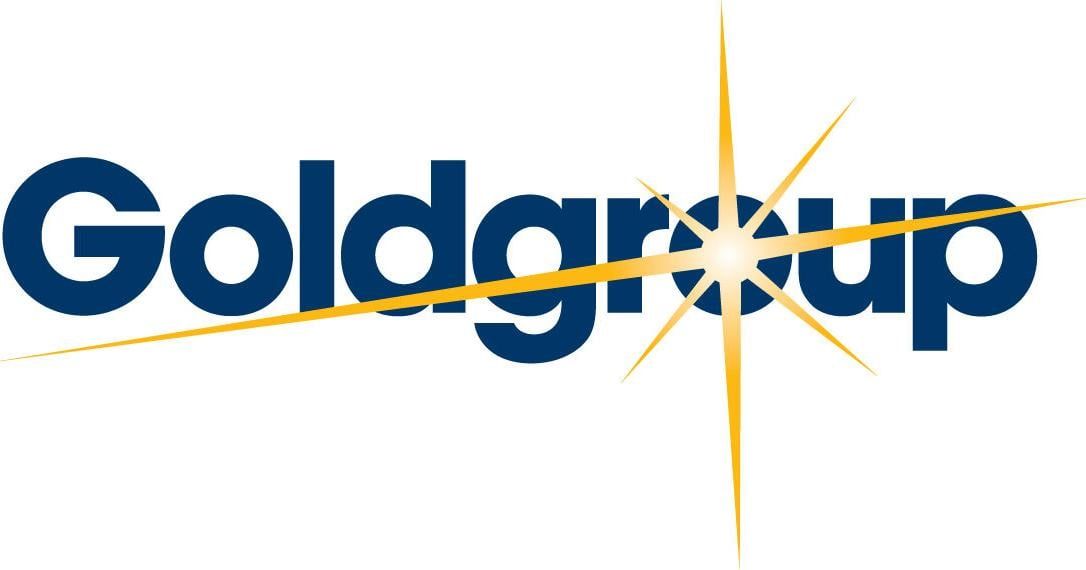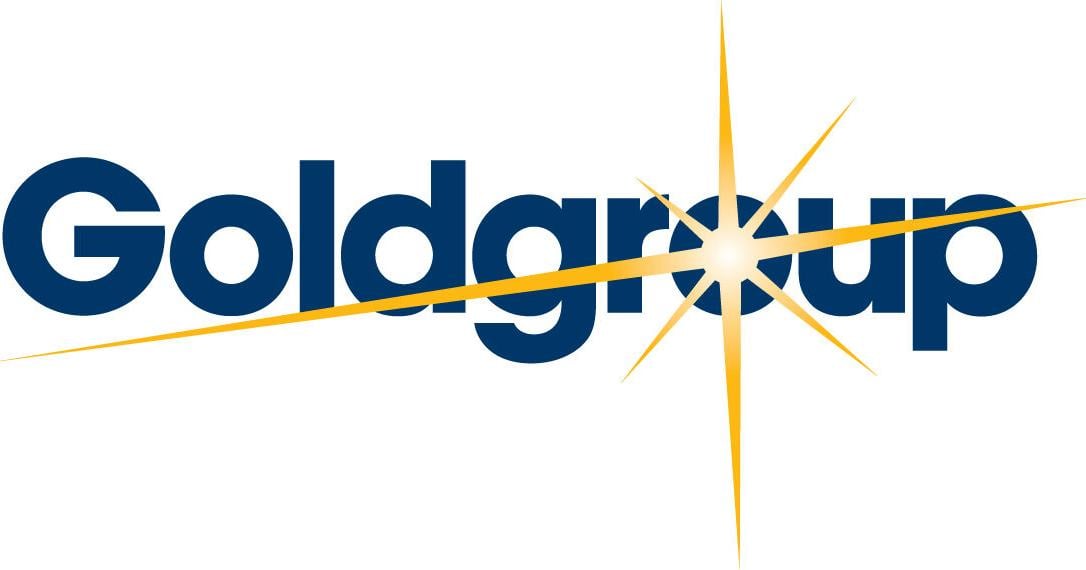Scotiabank Bahamas officially launched its highly anticipated “Ticket to Tokyo” campaign with an exclusive client celebration at OKU Restaurant, transforming the chic venue into a sleek, Tokyo-themed oasis. Guests, including Scotiabank clients and invited partners, were treated to signature cocktails, curated Asian inspired bites and a vibrant atmosphere designed to mirror the excitement and sophistication of Japan’s capital city.
The event served as a thrilling preview of what one lucky Scotiabank credit cardholder and their guest will experience this fall, an all-expenses paid trip to Tokyo, Japan. The campaign reflects Scotiabank’s continued commitment to creating meaningful and memorable experiences for its clients, extending far beyond traditional banking benefits.
“At Scotiabank, we believe in more than just banking, we believe in delighting our clients with experiences that go beyond the benefits of our products and services,” said Roger Archer, VP & District Head at Scotiabank Bahamas. “Our credit cards are designed to match every lifestyle, with features that reward clients for their everyday purchases in ways that truly matter.”
The “Ticket to Tokyo” promotion, which runs from May 19 through July 7, 2025, is open to legal residents of The Bahamas who are 18 years or older. Eligible participants can enter by spending BSD$350 or more on a Scotiabank credit card, with each qualifying transaction earning one entry into the draw. New cardholders can also participate by activating their card and making a qualifying purchase. There is no limit to the number of entries a cardholder can earn, increasing their chances of winning with each eligible transaction.
The grand prize includes roundtrip airfare to Tokyo for two, five days and four nights of hotel accommodation, ground transportation, USD $1,000 in spending money and a curated experience that may include athletic events and cultural excursions. Travel dates for the trip are set for September 13-23, 2025.
Scotiabank offers a wide selection of credit card products that cater to a variety of needs and preferences. Clients can benefit from no annual fees with the Scotiabank Visa card, earn travel points through the Mastercard Aero or Visa AAdvantage cards, enjoy up to 4% cashback with the Mastercard Gold or accumulate Membership Reward Points through American Express for exclusive perks and lifestyle experiences.
Over the years, Scotiabank has taken its cardholders to some of the world’s most prestigious events and destinations, including Formula 1 races in the US, the NBA Finals in Miami, the Miami Open, FIFA World Cup in Australia, and cultural getaways across Greece, Italy, Paris, Oregon, and Budapest. Clients have also enjoyed exclusive concert experiences, including shows by Taylor Swift and Coldplay.
The “Ticket to Tokyo” campaign is the latest in a long line of once in a lifetime opportunities presented by Scotiabank to thank its clients for their loyalty and continued trust.
“This campaign is an extension of our client-centric approach and our goal to deliver value in unique and exciting ways,” added Archer. “We’re proud to reward our credit card clients with a chance to explore one of the world’s most vibrant cities, where ancient tradition and cutting edge innovation come together in unforgettable fashion.”
The winner of the campaign will be announced on July 17, 2025. To learn more or to apply for a Scotiabank credit card, interested persons can visit bs.scotiabank.com or stop by any branch location.
About Scotiabank
Scotiabank’s vision is to be our clients’ most trusted financial partner and deliver sustainable, profitable growth. Guided by our purpose: “for every future,” we help our clients, their families and their communities achieve success through a broad range of advice, products and services, including personal and commercial banking, wealth management and private banking, corporate and investment banking, and capital markets. With assets of approximately $1.4 trillion (as at April 30, 2025), Scotiabank is one of the largest banks in North America by assets, and trades on the Toronto Stock Exchange (TSX: BNS) and New York Stock Exchange (NYSE: BNS). For more information, please visit www.scotiabank.com and follow us on X @Scotiabank.
Scotiabank Bahamas officially launched its highly anticipated “Ticket to Tokyo” campaign with an exclusive client celebration at OKU Restaurant, transforming the chic venue into a sleek, Tokyo-themed oasis. Guests, including Scotiabank clients and invited partners, were treated to signature cocktails, curated Asian inspired bites and a vibrant atmosphere designed to mirror the excitement and sophistication of Japan’s capital city.
The event served as a thrilling preview of what one lucky Scotiabank credit cardholder and their guest will experience this fall, an all-expenses paid trip to Tokyo, Japan. The campaign reflects Scotiabank’s continued commitment to creating meaningful and memorable experiences for its clients, extending far beyond traditional banking benefits.
“At Scotiabank, we believe in more than just banking, we believe in delighting our clients with experiences that go beyond the benefits of our products and services,” said Roger Archer, VP & District Head at Scotiabank Bahamas. “Our credit cards are designed to match every lifestyle, with features that reward clients for their everyday purchases in ways that truly matter.”
The “Ticket to Tokyo” promotion, which runs from May 19 through July 7, 2025, is open to legal residents of The Bahamas who are 18 years or older. Eligible participants can enter by spending BSD$350 or more on a Scotiabank credit card, with each qualifying transaction earning one entry into the draw. New cardholders can also participate by activating their card and making a qualifying purchase. There is no limit to the number of entries a cardholder can earn, increasing their chances of winning with each eligible transaction.
The grand prize includes roundtrip airfare to Tokyo for two, five days and four nights of hotel accommodation, ground transportation, USD $1,000 in spending money and a curated experience that may include athletic events and cultural excursions. Travel dates for the trip are set for September 13-23, 2025.
Scotiabank offers a wide selection of credit card products that cater to a variety of needs and preferences. Clients can benefit from no annual fees with the Scotiabank Visa card, earn travel points through the Mastercard Aero or Visa AAdvantage cards, enjoy up to 4% cashback with the Mastercard Gold or accumulate Membership Reward Points through American Express for exclusive perks and lifestyle experiences.
Over the years, Scotiabank has taken its cardholders to some of the world’s most prestigious events and destinations, including Formula 1 races in the US, the NBA Finals in Miami, the Miami Open, FIFA World Cup in Australia, and cultural getaways across Greece, Italy, Paris, Oregon, and Budapest. Clients have also enjoyed exclusive concert experiences, including shows by Taylor Swift and Coldplay.
The “Ticket to Tokyo” campaign is the latest in a long line of once in a lifetime opportunities presented by Scotiabank to thank its clients for their loyalty and continued trust.
“This campaign is an extension of our client-centric approach and our goal to deliver value in unique and exciting ways,” added Archer. “We’re proud to reward our credit card clients with a chance to explore one of the world’s most vibrant cities, where ancient tradition and cutting edge innovation come together in unforgettable fashion.”
The winner of the campaign will be announced on July 17, 2025. To learn more or to apply for a Scotiabank credit card, interested persons can visit bs.scotiabank.com or stop by any branch location.
About Scotiabank
Scotiabank’s vision is to be our clients’ most trusted financial partner and deliver sustainable, profitable growth. Guided by our purpose: “for every future,” we help our clients, their families and their communities achieve success through a broad range of advice, products and services, including personal and commercial banking, wealth management and private banking, corporate and investment banking, and capital markets. With assets of approximately $1.4 trillion (as at April 30, 2025), Scotiabank is one of the largest banks in North America by assets, and trades on the Toronto Stock Exchange (TSX: BNS) and New York Stock Exchange (NYSE: BNS). For more information, please visit www.scotiabank.com and follow us on X @Scotiabank.




















Comments